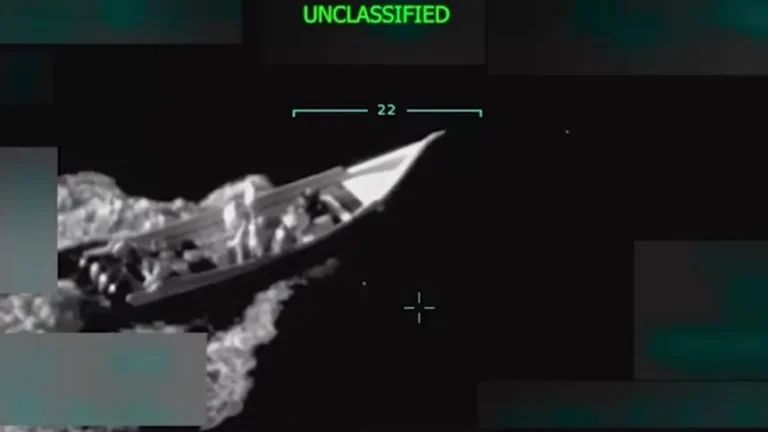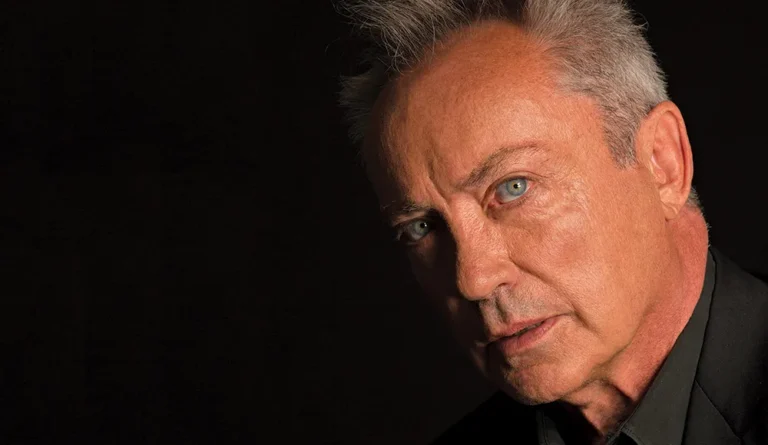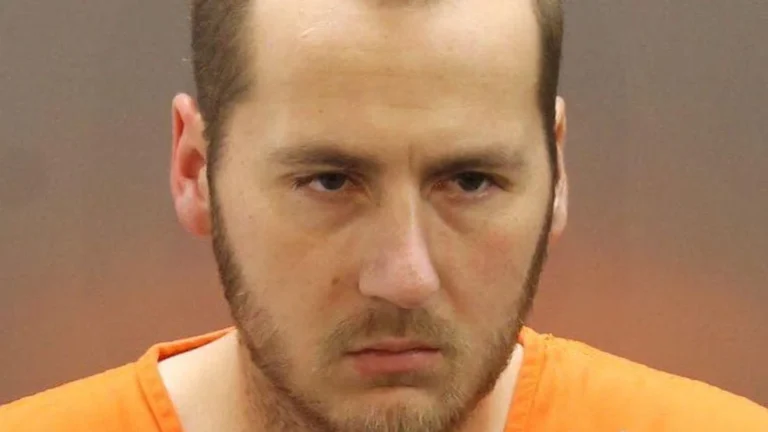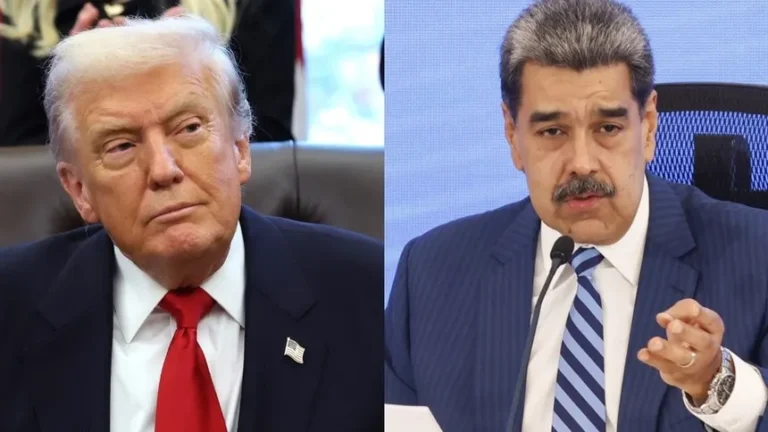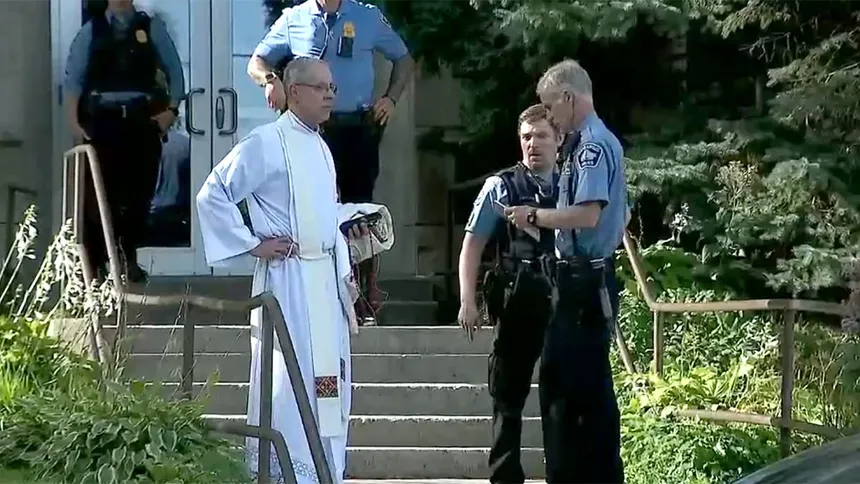
Tragedy Strikes Church Mass in School’s First Week
Two children were killed and 17 others injured Wednesday morning after a shooter opened fire during a Mass at Annunciation Catholic Church in Minneapolis, held to mark the start of the school year for Annunciation Catholic School. The attack occurred just before 8:30 a.m., as children and families gathered in worship.
The shooter, identified as 23-year-old Robin Westman, fired multiple weapons from outside the church and died by suicide at the scene. The victims include children ages 6 to 15 and three senior parishioners in their 80s. Authorities say all injured victims are expected to survive.
Shooter Acted Alone, Legally Acquired Weapons
Westman had no prior criminal record and legally purchased the rifle, shotgun, and handgun used in the attack. Investigators recovered writings and online videos linked to the shooter, which included references to previous mass killings and detailed drawings of a church interior. Authorities recovered additional firearms from three residences tied to Westman.
FBI Director Kash Patel said the attack is being investigated as both a hate crime and an act of domestic terrorism targeting Catholics.
Familiar Faces, Familiar Failures
As families grieve, Minnesota’s top leadership offered condolences—and little else. Governor Tim Walz, Lieutenant Governor Peggy Flanagan, and Minneapolis Mayor Jacob Frey all appeared on camera to condemn the violence, call for reflection, and signal unity. But for many Minnesotans, this marks another chapter in a disturbing pattern: tragedy followed by talking points.
Mayor Frey, whose city has been the national epicenter of public unrest and rising violent crime over the last several years, expressed his sorrow, stating, “Prayers are welcome, thoughts certainly welcome, but that’s not enough.” Yet his administration has failed to implement any sustainable reforms or maintain adequate policing levels that would meaningfully prevent such incidents.
Governor Walz stood near the scene declaring, “There shouldn’t be words for these types of incidents because they should not happen.” But words are precisely what Minnesotans have received repeatedly from the state executive office. Since Walz took office, the state has struggled with growing public safety concerns, record carjackings, and now a second high-profile mass shooting in less than a year involving elected officials or public institutions.
Lieutenant Governor Peggy Flanagan, as usual, offered symbolic solidarity but has remained largely absent from any substantive role in reshaping the state’s law enforcement or mental health infrastructure.
Community Intervention and Law Enforcement Lag Behind
While some officials touted legislative reforms passed in recent years, including firearm restrictions and red flag laws, there is little evidence that those measures prevented this attack. Westman legally obtained the weapons and exhibited warning signs through online activity that seemingly went unnoticed or unflagged by authorities.
Attorney General Keith Ellison emphasized that more must be done: “We know how to do this,” he said, referencing past legislative efforts. But knowing is not doing, and the state’s lack of a proactive detection and intervention framework contributed to the failure to prevent this incident.
A Pattern of Inaction
This shooting follows an earlier attack targeting state lawmakers in their homes, resulting in the deaths of Rep. Melissa Hortman and her husband. With each new act of violence, Minnesota’s leadership recycles the same talking points—sympathy, concern, and vague promises of “change”—but meaningful deterrents remain elusive.
When children are gunned down in pews while praying, and when elected officials appear more concerned with optics than outcomes, the public is left to question not only the effectiveness of leadership, but its priorities.
Related Coverage
- Idaho News – https://idahonews.co/idaho-news-3/
- National News – https://idahonews.co/national-news/
